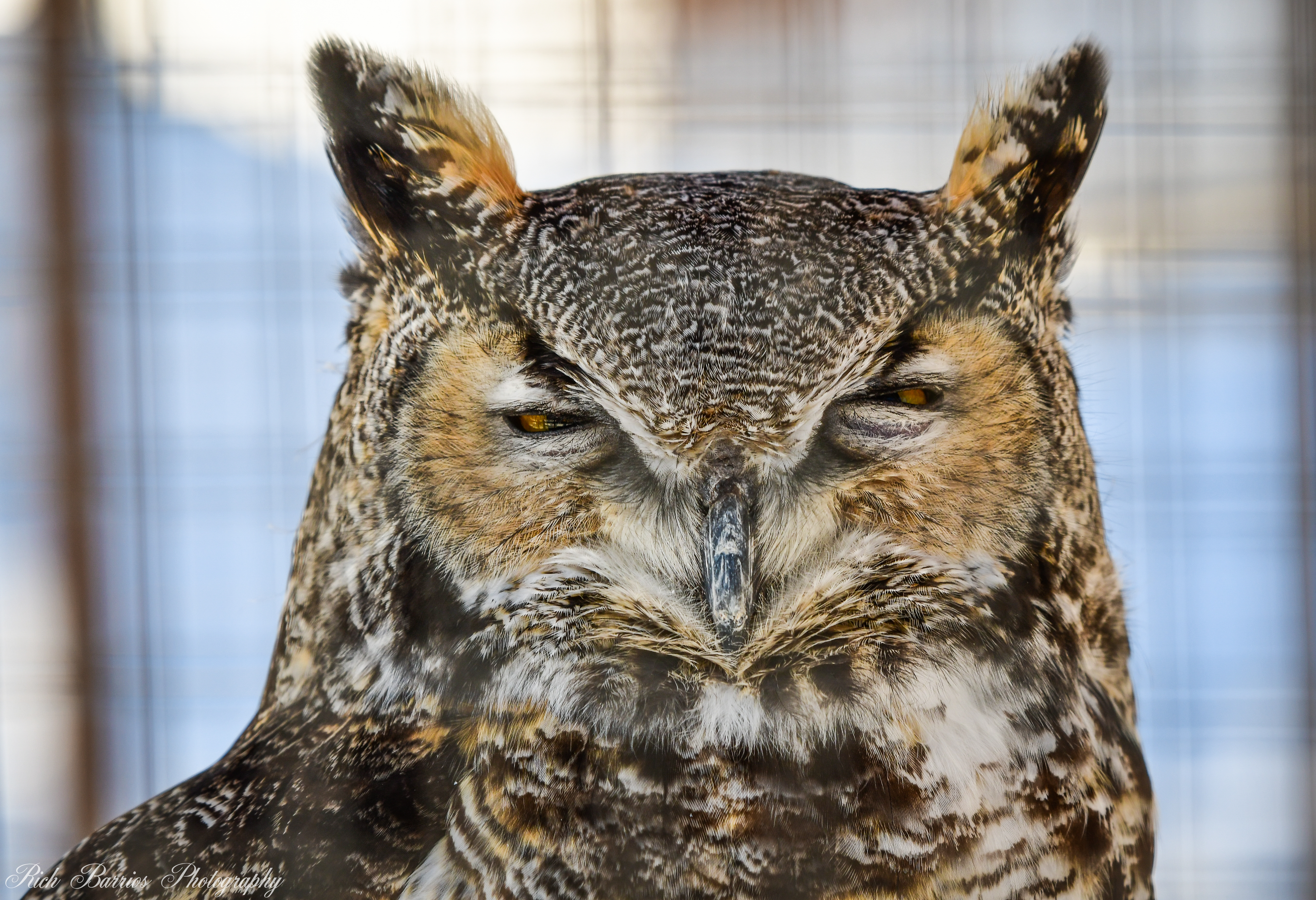* Threatened or Endangered

Great Horned Owl *
: Bubo virginianus
: Bird
: North and South America
: Rats, squirrels, mice, moles, voles, marmots, skunks, rabbits, shrews, bats, weasels, birds and even porcupines
: Wingspan 40” to 60”
: These birds are common across their range. There are at least 13 subspecies of Great Horned Owls that vary in color and size depending upon area found.
• These birds are common across their range.
• There are at least 13 subspecies of great horned owls that vary in color and size depending on where they live. • Great horned owls nest earlier than most birds in North America.
• They choose a mate in December and breed in January and February.
• While great horned owls can and will build their own nests, they are quite willing to take over nests from other bird species, too.
• These owls do not migrate and are year-round residents in their habitat.
• Young great horned owls fly at about 7 weeks of age but may remain near their parents for almost a year.
Respect native wildlife by remembering that…it’s wild! When enjoying native land where wildlife lives, always be aware, be safe, and leave no trace. Never approach, taunt, or feed wildlife. Interacting with them can be dangerous to you and to them. Instead, enjoy their beauty and their ecosystem without disturbing them. To learn more, follow these links:
gf.nd.gov/wildlife/orphaned
www.nationalparks.org/connect/blog/tips-safely-visiting-national-parks
